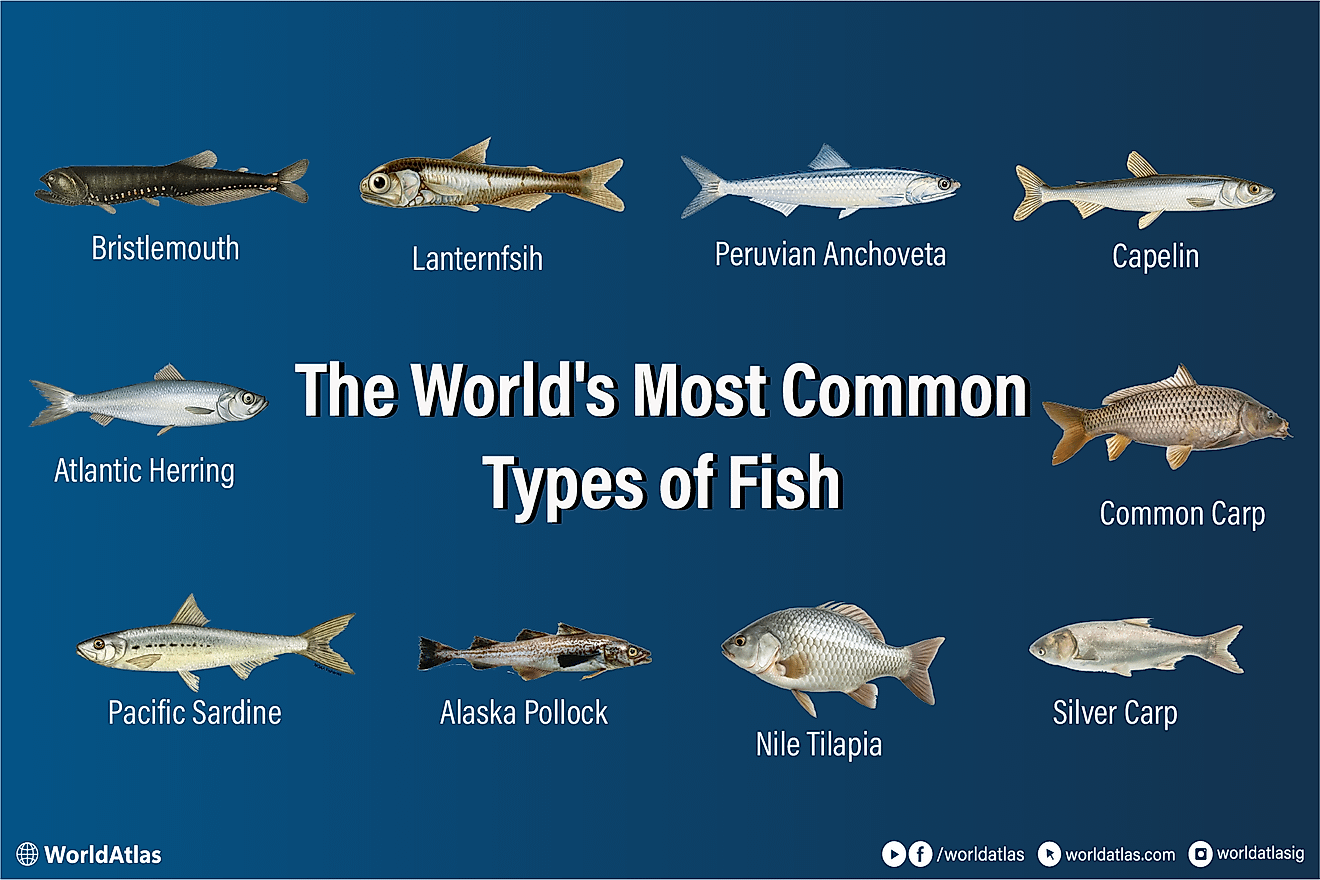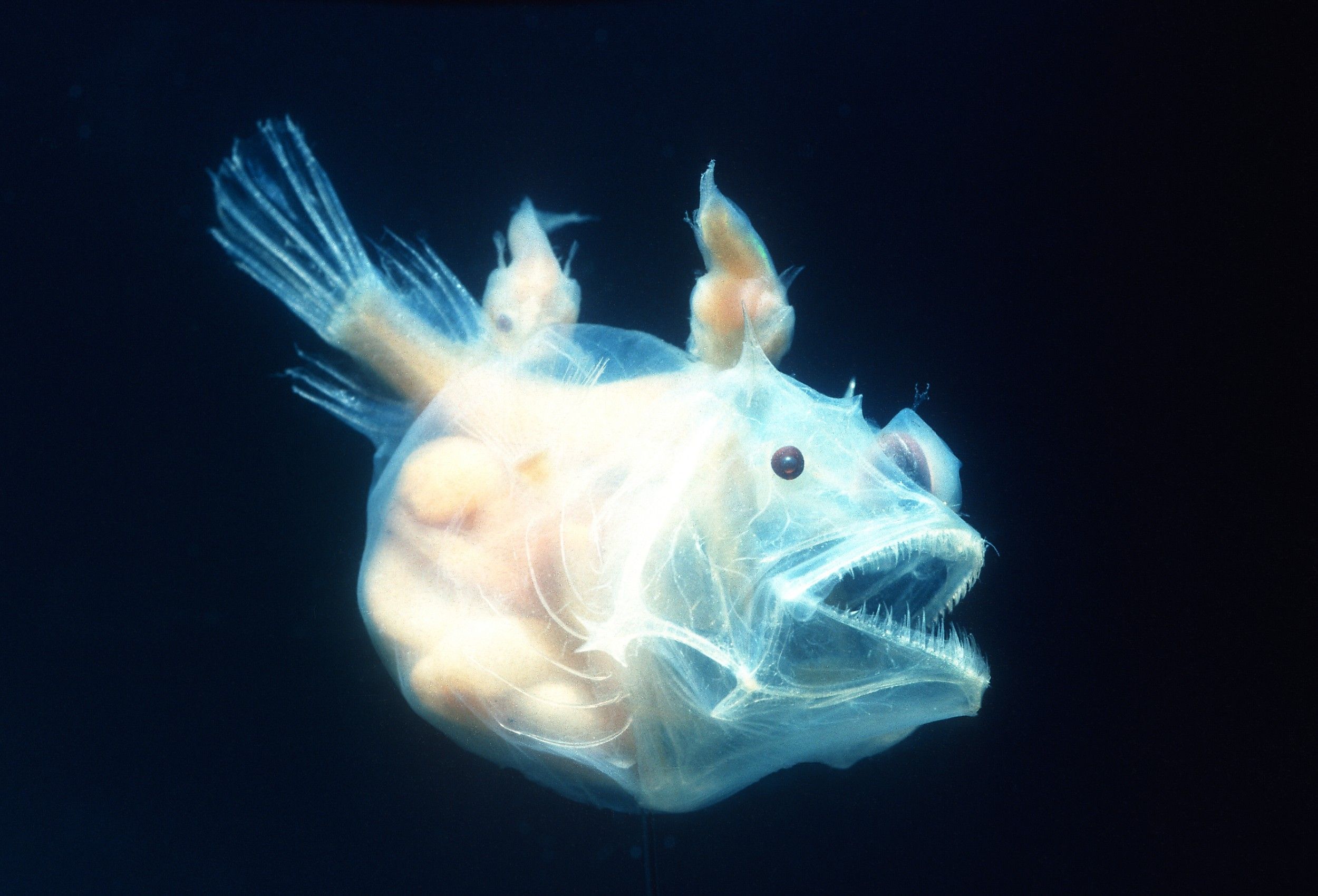
Deep Sea Anglerfish and Sexual Parasitism
In the pitch-black depths of the ocean, where sunlight never penetrates, the deep-sea anglerfish thrives. This eerie creature, with its glowing lure and monstrous teeth, is one of the most bizarre and captivating species in the animal kingdom.
Among its most fascinating features is its unusual method of reproduction, known as sexual parasitism. In this strange process, the tiny male anglerfish physically fuses with the much larger female, becoming a permanent part of her body. This extraordinary adaptation has raised eyebrows among scientists and sparked curiosity about the lengths to which evolution will go to ensure survival in the depths of the sea.
Adaptations for the Midnight Zone

The deep-sea anglerfish inhabits some of the most extreme environments on Earth. Found at depths of 200 meters or more, these fish are adapted to life in total darkness, extreme cold, and high pressure. This section of the ocean is aptly dubbed the 'Midnight Zone.'
Their most striking feature is the bioluminescent lure, a glowing appendage that hangs in front of their mouth, used to attract prey. The lure emits light through a chemical reaction, drawing in smaller fish or invertebrates that venture too close.
These fish also possess large mouths filled with sharp teeth, designed to capture and hold onto anything that comes within reach. Despite their terrifying appearance, anglerfish have evolved to survive in a world where food is scarce and mates are few. Their ability to lure prey and, even more remarkably, their unique reproductive strategy are a testament to how the harsh conditions of the deep sea shape life in ways humans have only begun to understand.
Reproductive Challenges of the Deep
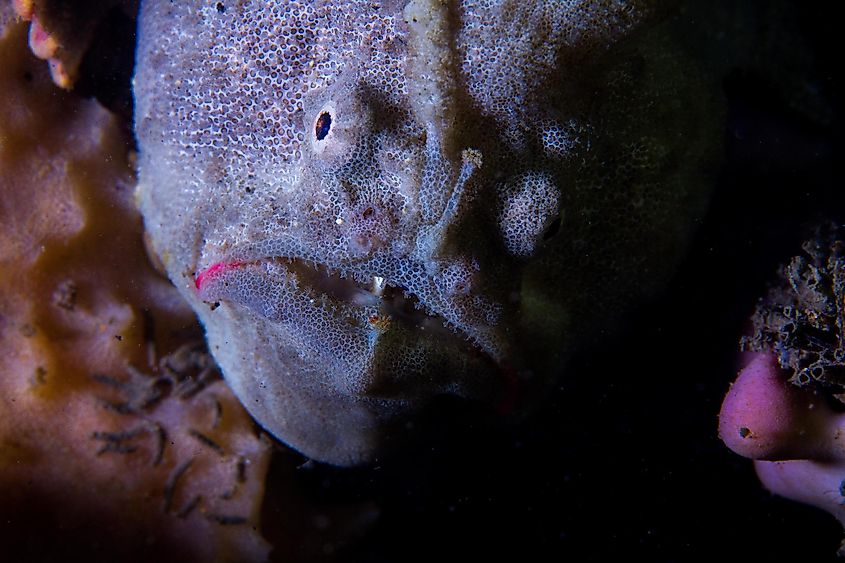
In the vast and desolate expanse of the deep ocean, reproduction presents a significant challenge. The deep-sea anglerfish lives in an environment where encounters with other members of its species are exceedingly rare.
The water is cold and dark, and potential mates are difficult to locate. Traditional reproductive strategies, which rely on frequent interaction, are not viable under these conditions. For anglerfish, finding a mate at the right time could mean the difference between reproductive success and extinction. In response to this difficulty, anglerfish have evolved an extraordinary solution. Rather than seeking repeated encounters, the male permanently attaches himself to the female, ensuring a lifelong reproductive connection.
This drastic method reflects the intense evolutionary pressure imposed by the deep-sea environment, where every adaptation serves the singular purpose of survival.
The Mechanics of Sexual Parasitism
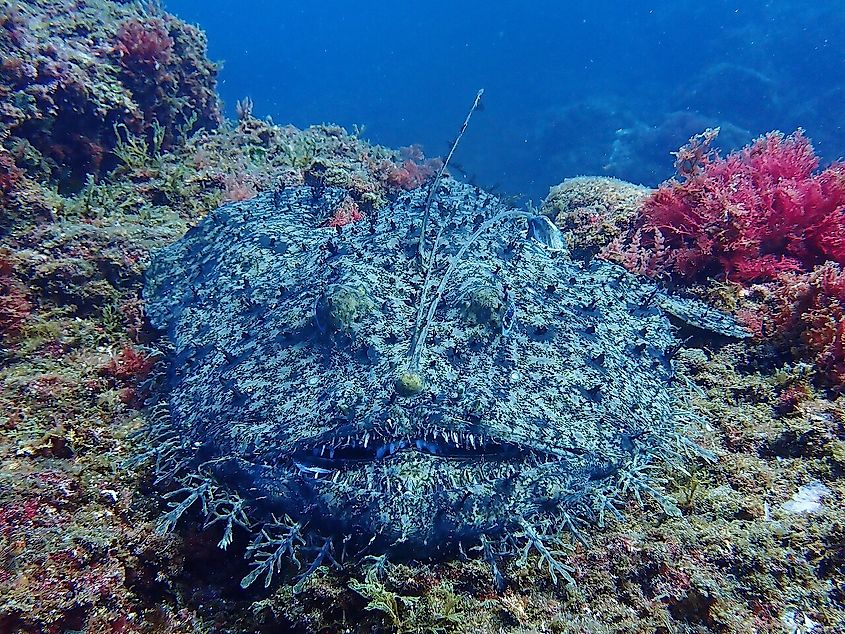
Sexual parasitism in anglerfish begins with an extreme difference in size between the sexes. The female may grow over 10 times larger than the male and carry the recognizable glowing lure, while the male is small, underdeveloped, and lacks many of the organs necessary for independent survival.
His primary function is to locate a mate. Using a highly sensitive olfactory system, the male detects the female’s scent in the dark water and swims toward her. Once he finds her, he bites into her skin and releases enzymes that break down the tissues of both fish at the point of contact. Over time, their circulatory systems fuse, and the male becomes permanently attached. He loses his eyes, fins, and internal organs, retaining only his testes. In some species, a single female may carry several males fused to her body. These males provide sperm whenever the female releases eggs, ensuring constant reproductive readiness.
Evolutionary Advantages of Fusion
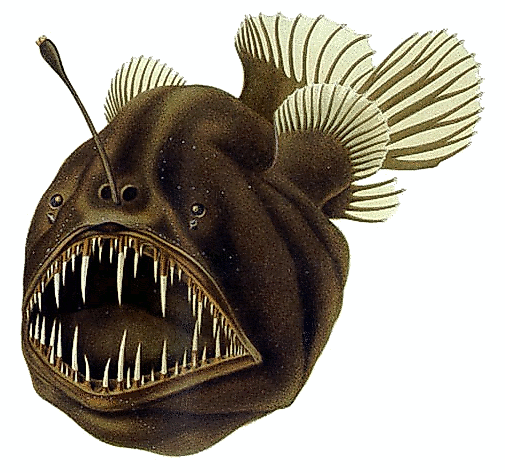
Although sexual parasitism appears extreme, it offers clear evolutionary benefits in the deep sea. In a habitat where individuals are sparse and widely dispersed, the chances of finding a mate at the right time are extremely low.
By fusing permanently with the female, the male ensures that he will never miss the opportunity to reproduce. This adaptation removes the need for repeated mate searching, which would require energy that the male cannot afford to expend.
For the female, having one or more males attached guarantees a consistent supply of sperm. She can release eggs whenever environmental conditions are favorable, without waiting to locate a mate. This system minimizes the uncertainty of reproduction and maximizes reproductive efficiency in a resource-poor, low-density environment. In evolutionary terms, it reflects a high-stakes trade-off: the male forfeits independence, but both sexes improve their chances of genetic survival.
Other Examples in Nature
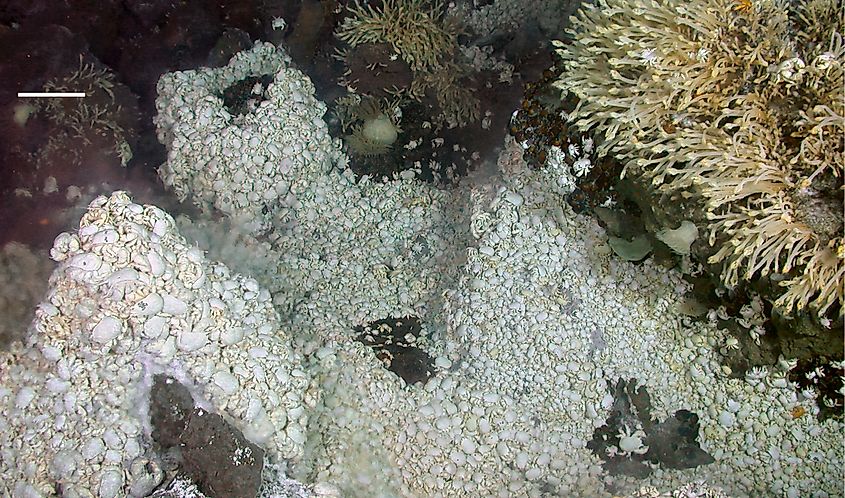
While deep-sea anglerfish are the most well-known example, sexual parasitism appears in other species, though rarely. Some parasitic barnacles exhibit similar behavior, with dwarf males permanently attaching to much larger females to provide sperm.
In certain crustaceans, such as copepods, males cling to females for extended periods, relying on them for nutrients. However, none match the degree of anatomical fusion seen in anglerfish. In insects and worms, cases of prolonged mating attachment occur, but these do not involve circulatory integration. The deep-sea anglerfish remains unique in its complete merging of bodies, pushing the boundaries of reproductive adaptation.
Extreme Mating as Evolutionary Innovation
The deep-sea anglerfish challenges conventional understanding of reproduction and adaptation. In an environment where survival is already difficult, these fish have evolved one of the most extreme mating strategies in the animal kingdom.
Sexual parasitism allows them to overcome the immense challenges of darkness, scarcity, and distance. What may seem grotesque or unnatural is a highly effective biological solution. As scientists continue to study anglerfish and their unusual physiology, they uncover insights that extend far beyond marine biology. In the still largely unexplored world of the deep sea, the anglerfish serves as a striking example of evolution's creativity and efficiency.




